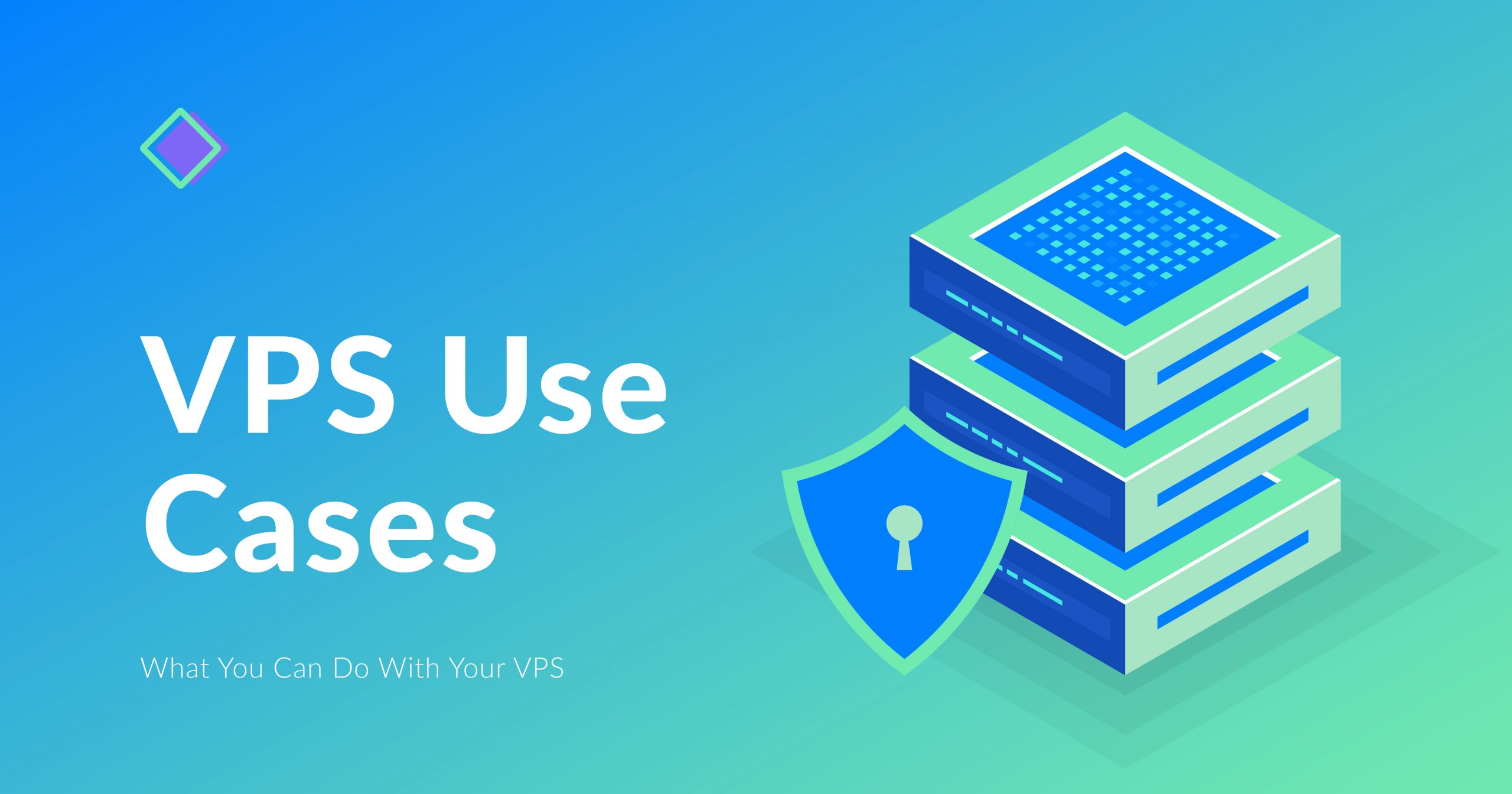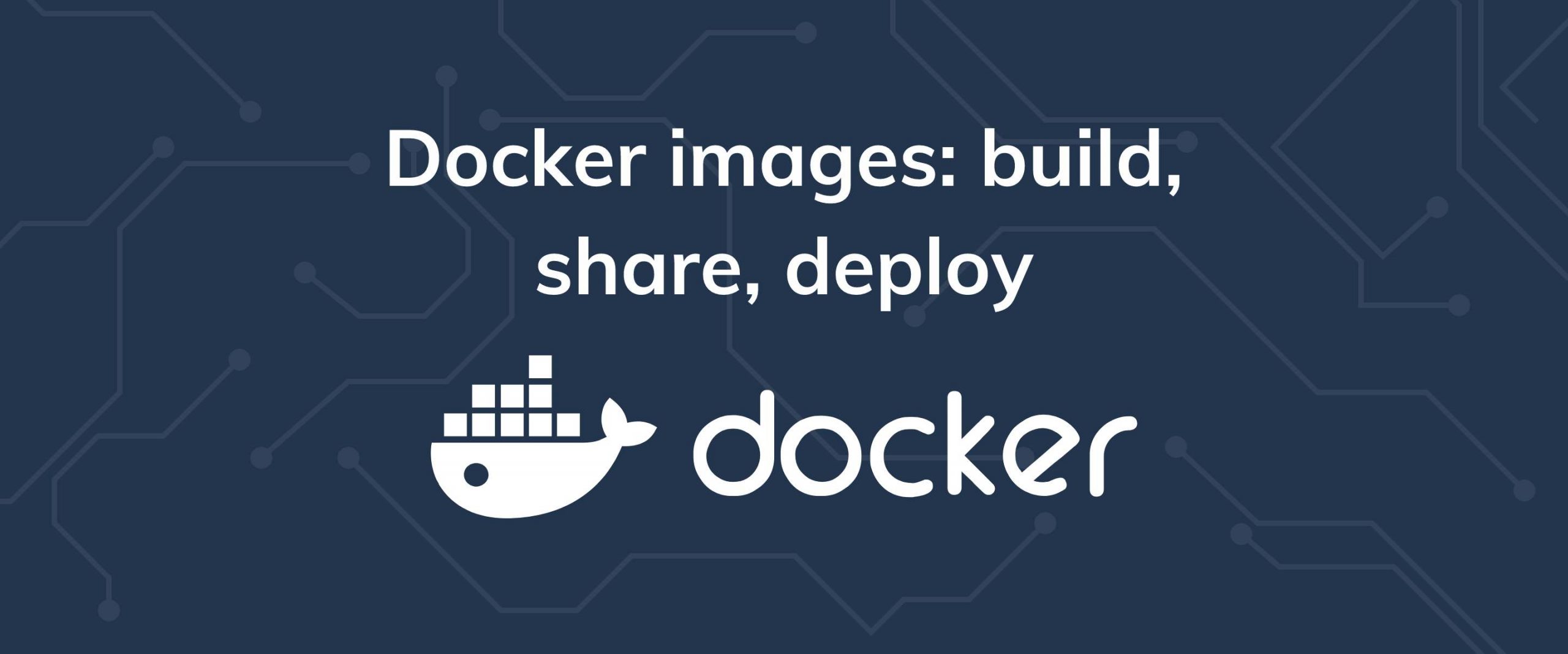You've found yourself with a shiny new virtual private server (VPS). Lucky you! Whether you’ve a VPS in the past or this is your first go-around with one, you might be wondering what, exactly, you’re going to do with it. Or, for the beginners out there: How do I use this thing?
Maybe you’ve already hopped over to StackOverflow, looking for answers, or have typed in a few tepid Google searches without much success. Well, you’re in luck, because as the official blog for SSD Nodes, we’ve poured tons of opportunities and resources into Serverwise. If you can’t find a project to kickstart on your shiny new server here, you just might be hopeless.
But instead of just rattling off a few dozen links without much guidance, I’ve organized some of our best resources and projects into three different categories based on how you perceive your server skill level.
[cta_inline]
I’ve never used a server before
First off, it’s important to point out that if you bought something from SSD Nodes during our Black Friday/Cyber Monday sales, you bought a server.
We use the word “server” synonymously as “VPS,” which stands for “virtual private server.” That means “server” and “VPS” are referring to the same thing. The thing you bought, and the thing you’re hoping to get some use from.
If I’ve already lost you, I recommend you check out our [1] ultimate dictionary for essential server terms. That’s one! The dictionary is always expanding, and already includes a few dozen critical terms that you should know as you start deploying services on your server and develop your understanding of how they work.
Next, you should look at our [2] beginner’s guide. That’s your “portal” into the rest of our beginner-centric content. The guide to [3] connecting to your server via SSH is essential, as are learning your [4] Unix and command line basics.
If you’re coming over from shared hosting, get knowledgeable about [5] what to expect during your migration to VPS hosting.
After spending some time on your server’s command-line interface, you should also check out the SSD Nodes dashboard and [6] enable two-factor authentication to ensure no nefarious actors can start, stop, or destroy your server.
One of the most important steps you can take to secure your new server from attackers is to use cryptographic keys, instead of just a password, to authenticate yourself. Our [7] private key deployment guide has you covered.
Already overwhelmed with the options, opportunities, and jargon? Not sure how to do any of the stuff mentioned above? A control panel might be right for you. cPanel is an obvious choice but comes at a cost—instead, you might consider installing one of the [8] 7 free cPanel alternatives we looked into and have sorted based on popularity, feature sets, and ease of installation. A control panel will allow you to administer your server using a graphical interface instead of the terminal.
Control panel or not, there comes the point when you need to actually deploy something from your server. That’s what they’re there for, of course! Deploying code might seem incredibly overwhelming, but the open source community has developed tons of easy-to-use tools to make deployment pretty simple once you have a handle on basic command-line programs. We’ve compiled the best beginner-friendly deployment tools on our
by subscribing to our newsletter.
A note about tutorials: We encourage our users to try out tutorials, but they aren't fully supported by our team—we can't always provide support when things go wrong. Be sure to check which OS and version it was tested with before you proceed.
If you want a fully managed experience, with dedicated support for any application you might want to run, contact us for more information.



